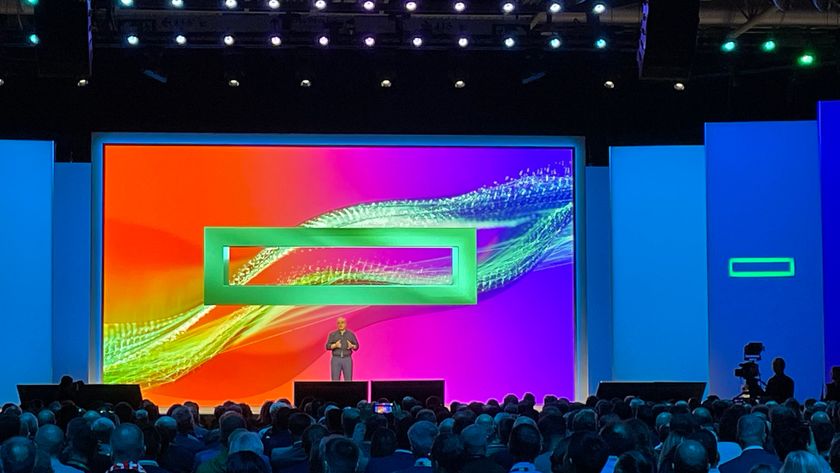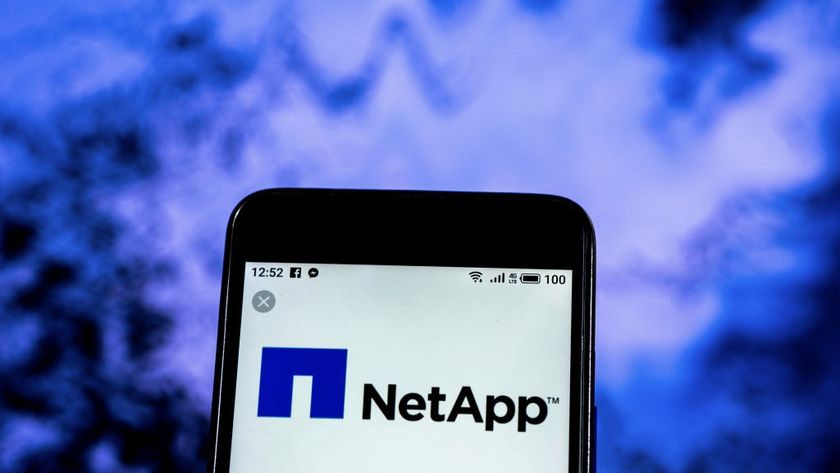Storing the virtual world
Storage virtualisation has become another major piece of the virtual infrastructure – and iSCSI appliances look set to dominate this market.
It's also possible to use virtualised storage to manage virtual desktops. You can build stores that map multiple instances to a single set of master records, saving space by just storing the differences between the master and each copy.
If you're running virtual desktops for your users you can use this approach to simplify desktop management. If you need to patch your users, you only need to do it once patch the master copy and all your users will have access to an updated desktop.
Virtual storage and disaster recovery
If you're using offsite storage as a key component of your disaster recovery plans, you'll find that virtualising your storage infrastructure will simplify the process. Most virtual storage platforms offer tools for replicating content to offsite installations, using a mix of shadow copy and delta replication to speed up the process, reducing the amount of data on the wire.
Shadow copies replicate one moment in time on your storage array, taking a snapshot and copying it to a remote server. In between snapshots, deltas and transaction logs can be sent to make sure that the remote site is as up to date as possible.
Snapshots only need to be sent at specific intervals, letting you keep intersite bandwidth to a minimum. Deltas and transaction logs can be replayed to handle updates, treating your entire storage pool as you might treat a mission-critical database.
If you're working multi-site, you can use IP accelerators with your iSCSI connections. Dell EqualLogic has been seeing a 4 to 5:1 compression ratio with many real world scenarios a reduction that can significantly reduce the need for dedicated bandwidth to a recovery site or a branch office, saving time and money.
Get the ITPro. daily newsletter
Sign up today and you will receive a free copy of our Focus Report 2025 - the leading guidance on AI, cybersecurity and other IT challenges as per 700+ senior executives
It's the appliance of storage
Virtual storage isn't about the hardware it's all about the software. Companies like LeftHand have been building storage servers using commodity hardware, mixing rack servers with storage arrays. While these techniques may not have the storage densities of purpose built storage arrays, they're easy to build, easy to deploy, and easy to manage.
If a disk fails, commodity hardware means replacement is low cost, as economies of scale apply. With SATA disks now shipping with over a terabyte of spinning disk, it's easy enough to quickly populate a rack with more than enough storage for a medium business.
Software-based virtual storage means it's also very easy to map in a new array.
System administrators can add the new hardware to a network, giving it an appropriate IP address in a management VLAN, and then let it add itself to the storage network as a peer. You may need to use management tools to define storage roles for the new server, but once in place data will be transferred to maximise reliability and recovery, with multiple copies across multiple arrays. This process can happen in the background (along with disk formatting and preparation).
















